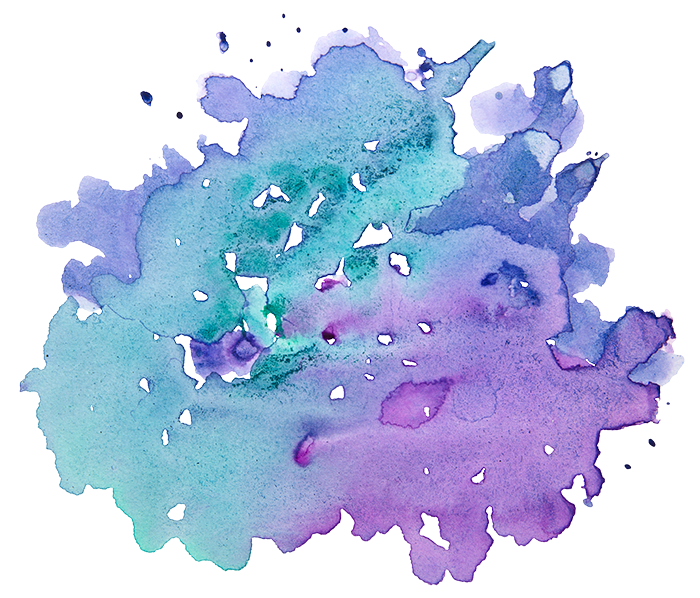by Nadav David
Just over a year ago, my grandfather, Abraham Gittelson z”l, passed at the age of 87. Three days beforehand, I sat next to his bed at the Rehabilitation Center in North Miami Beach, reading the morning’s sport page to him and discussing the upcoming Shabbat’s parasha (weekly Torah portion). I fed him his meals, often a cup of apple sauce and watery potatoes, and he spoke to me in as soft a tone as I had ever heard him. Even in his last days, Sabba (grandfather) continued to share his knowledge and wisdom with me as we learned together. His life ended peacefully, but the emptiness and heartache I felt without him in my life only grew.
Having been fortunate enough to lose very few close family members or friends in my life, and as a child of two families of Cohanim (the Jewish priestly lineage, who are not supposed to come in contact with dead bodies), the rituals and physical spaces related to death in Judaism often felt foreign and distant. On every school trip I went on, I stayed back as the group toured a cemetery or visited a famous grave. So when my grandfather passed, and my family participated in the mourning and death-related rituals and practices, I felt a stark disconnect between my physical and emotional or spiritual self. As I expressed this discomfort to my campus rabbi and close friend, Rabbi Eli Herb, he encouraged me to try out the practice of going to the mikveh for the first time. It was a practice I had learned about in classes and read about in books, but it had always seemed mysterious and inaccessible.
I felt nervous and unsure about what to expect as I made my way from Boston to Newton. I had read over the blessings and Kavanot (intentions) earlier in the week, and had spoken with my family about preparing for the experience, but I had spent little time envisioning the actual immersion. As soon as I arrived, the feelings of uncertainty and anxiety subsided. I was welcomed with open arms by Rabbi Eli and my Mikveh Guide, and would soon begin the ritual. I immediately felt a connection to the space itself, beautifully and intentionally designed (because of Mayyim Hayyim’s commitment to Hiddur Mitzvah), beautifying the ritual, which allowed me to focus on the physical and emotional experience in a way that felt both comfortable and challenging.
The words in the blessings, and the texts of the Mayyim Hayyim ceremony for healing were deeply powerful for me. The idea of pursuing a sense of wholeness through immersing my entire body in water–“In the promise of Your love, I am soothed. In Your wholeness, I too can become whole again”–illuminated for me a connection I could create with my grandfather’s memory and spirit, now that his physical presence had ceased. From the moment I began preparing to immerse myself, to walking down the steps of the mikveh into the water, to leaving the space, the experience felt like an important transition: “As I have been in a time of mourning, now may I move into a time of healing.”
I cherished the moments of solitude and quiet, while feeling more connected and physically in tune than I had felt since his death. The mikveh provided me the opportunity to look beyond the sadness and grief I had been overwhelmed with, and to start to feel connected to my grandfather’s memory through an ancient and deeply meaningful tradition.
 Nadav is a graduating senior at Northeastern University. He was born in Jerusalem, with Mizrahi and Ashkenazi roots, and grew up in Northern California. He is deeply involved with campus activism, as a project leader of a student activist coalition on racial and immigrant justice, and is an active member of the wonderful community at the Moishe Kavod House. Following graduation, he plans to stay in Boston to pursue a career that centers justice and equity in building stronger communities.
Nadav is a graduating senior at Northeastern University. He was born in Jerusalem, with Mizrahi and Ashkenazi roots, and grew up in Northern California. He is deeply involved with campus activism, as a project leader of a student activist coalition on racial and immigrant justice, and is an active member of the wonderful community at the Moishe Kavod House. Following graduation, he plans to stay in Boston to pursue a career that centers justice and equity in building stronger communities.


